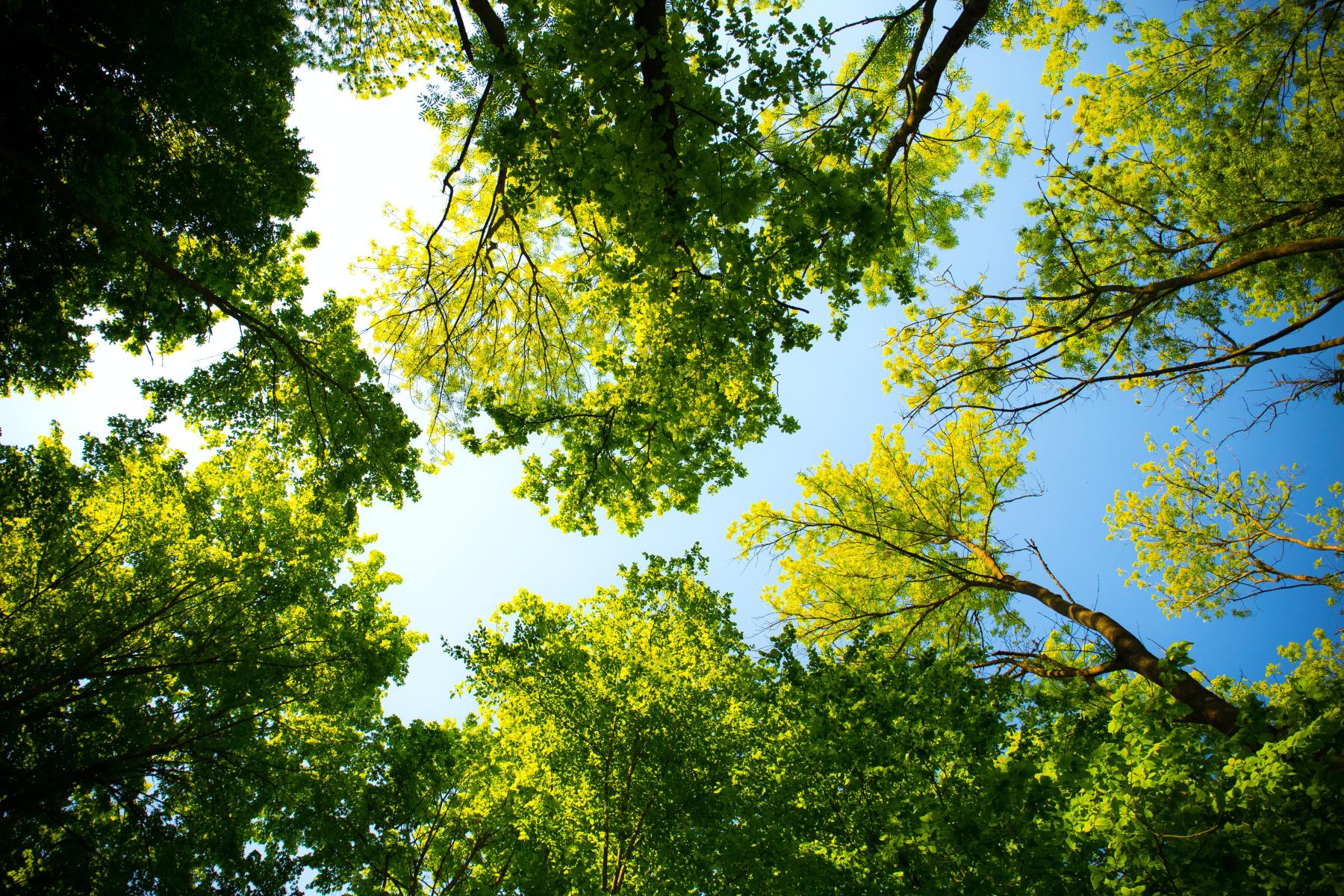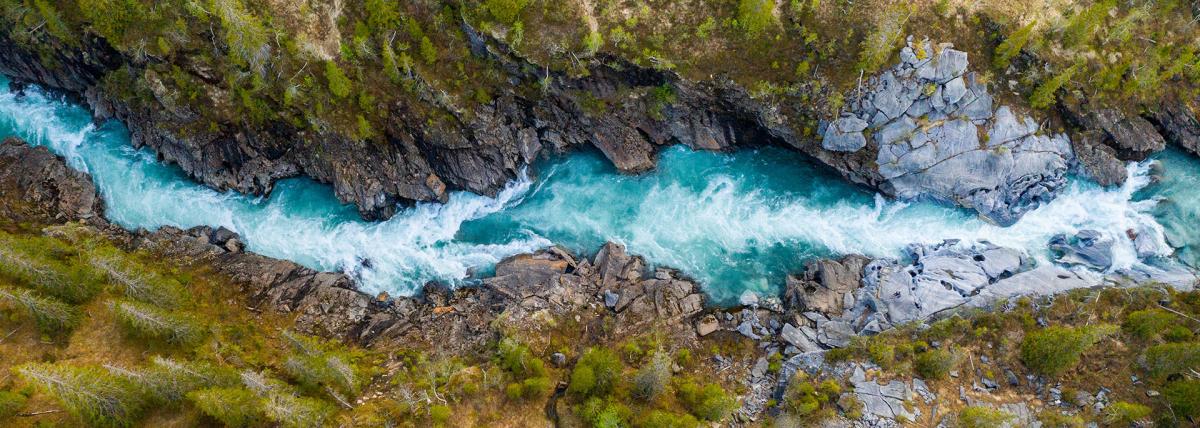
Human Impact Policy Design Project
by Aimee Quinn
In this project, students will choose an environmental problem to research. They will look up why this problem is occurring and how it is harming the environment. Students will then come up with two policies that could solve the problem. Like in the real world, there are always trade-offs. Students must acknowledge both the pros and cons of the policy solutions. Students are encouraged to think outside the box while providing real solutions to real problems.
Lesson Plan Link/URL
https://docs.google.com/presentation/d/1ZUJna8fO5O8PKjqo5c0CrnqujOyqWuai-Z4MpWY…Subject Area
Science Earth and Space Science E1: Earth Systems Life Science L2: Organisms & Energy Technology 4. Innovative Designer 6. Creative Communicator 7. Global Collaborator English Language Arts (ELA) Reading (Informational Text) Writing
Featured
Off
Related Content

Grades:
9th Grade, 10th Grade, 11th Grade, 12th Grade
This lesson is a follow-up to the lesson titled "Creating Sustainable Solutions with Bioplastics Part 1". In this lesson, students evaluate different ingredients for bioplastics and create a minimum

Grades:
9th Grade, 10th Grade, 11th Grade, 12th Grade
In this lesson students evaluate the advantages and disadvantages of conventional, petroleum-based plastics, bioplastics, and their different varieties. The lesson is driven by class/group research

Grades:
9th Grade, 10th Grade, 11th Grade, 12th Grade
Students will delve into the intricate web of Earth systems, recognizing their interconnected nature and unlocking the secrets of Japan's geological features through observation and data collection